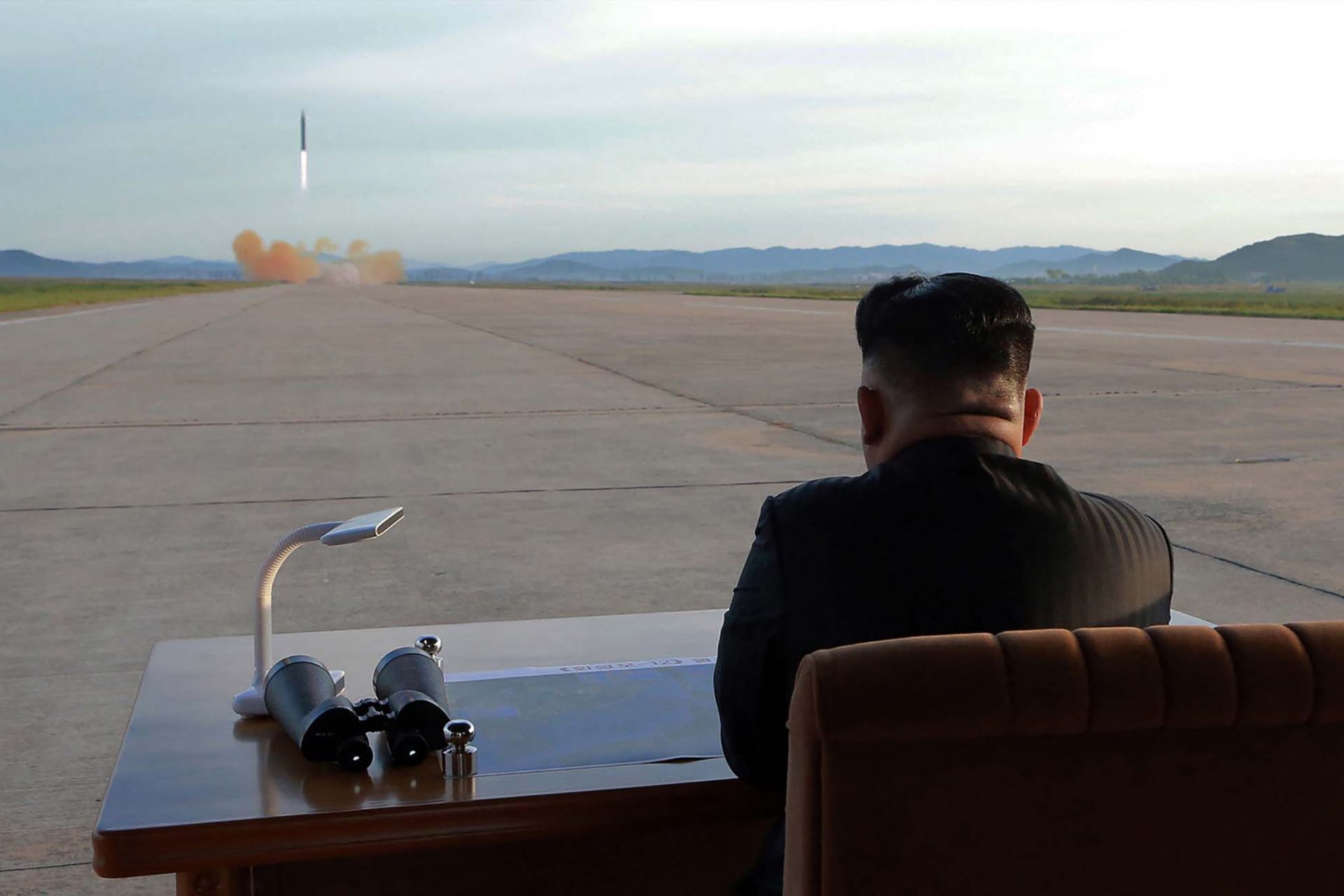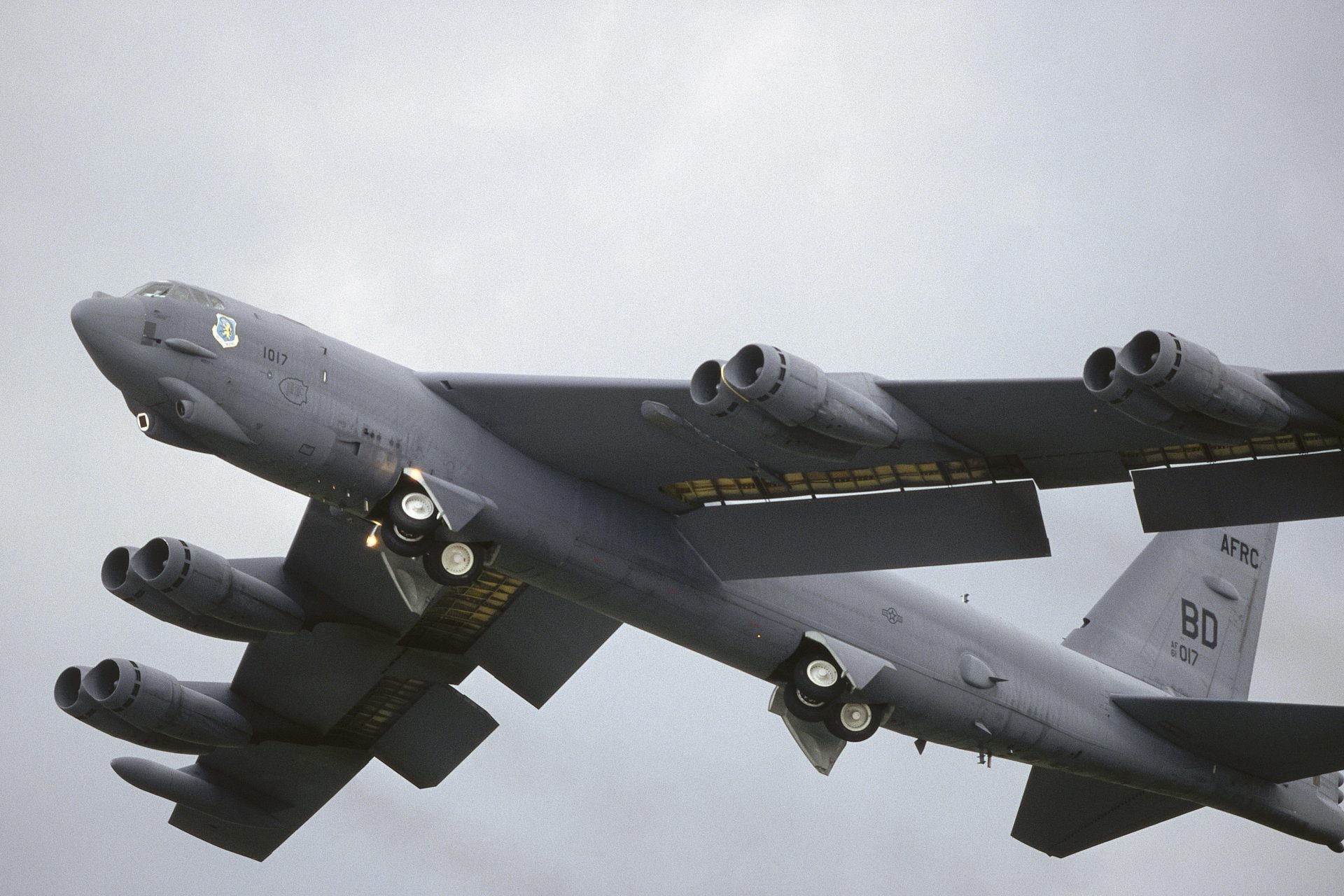All the jihadist leaders killed by the US so far
Ayman Al-Zawahiri, the former right hand of Osama Bin Laden, had already escaped an attack on January 13, 2016. Sixteen years later, however, on July 31, 2022, his fate changed.
American intelligence found him in Kabul and, as reported by the New York Times, had followed his movements for months before launching a targeted attack with a drone on the house where he was hiding.
This was an important victory for the US because since the death of Osama Bin Laden, it was Ayman Al-Zawahiri who became the leader of Al Qaeda. He was one of the 22 most wanted terrorists in the world.
While studying medicine, Al-Zawahiri became a member of the Muslim Brotherhood, which later contributed to the founding of the Egyptian Islamic Jihad (EIJ), believed to have been responsible for the death of President Anwar Sadat in 1981.
In 2011, his sister, Heba, offered the media a portrait of his brother's personality: “Ayman is not capable of compromise. He sees all white or all black. This is his problem. I don't know why he became so radical. He was a very shy boy. He prayed and studied.”
Shy or not, the rumors of his participation in attacks such as those of 1998 on the US embassies in Kenya and Tanzania, placed him at the center of the radar in the fight against terrorism.
He was also considered the master mind of the 9/11 attacks in the United States, by some experts quoted in the New York Times.
They said that Bin Laden’s charisma had associated the strategic importance of the figure of al-Zawahiri, capable, according to the foremost connoisseurs of the world of fundamentalism, of providing the tactical cunning necessary to plan attacks of such magnitude.
Dia'a Rashwan, in fact, had analyzed its importance in the pages of the New York Times, concluding: "He has more experience than Bin Laden, since the 1970s his name has often been associated with the various cases in which Islamic extremists have been involved.”
On the day of the 20th anniversary of this tragedy, Al-Zawahiri appeared in a video message broadcast by the media arm of al-Qaeda, as-Sabah, appealing to all Muslims to launch attacks on Western forces.
Given the size and relevance of the figure of Ayman Al-Zawahiri in the world of terrorism, his elimination was an operation of primary importance, especially in light of the controversy following the withdrawal of US troops from Afghanistan.
Speaking to the nation from the White House after the killing of the Al Qaeda leader, Biden issued a warning to those who intend to threaten America: "It doesn't matter how long it takes or where you hide. If you are a threat, the US will find you."
Biden's words can be proved by the rest of "targeted killings" that the US has successfully carried out.
In 2006, American forces killed the Jordanian terrorist Abu Musab al-Zarqawi, the ferocious leader of al Qaeda in Iraq and the alleged brain behind the terrifying videos of the executions of Western hostages.
He was killed by a missile launched from an airplane against his hiding place in Baghdad.
The death of Abu Musab al-Zarqawi is part of the war in Iraq, a country responsible, according to the Bush administration, for being a base for terrorism and for hiding weapons of mass destruction.
During the Obama administration, Bin Laden was the leader of Al Qaeda and was hit during the night of May 1, 2011. He was killed in Abbottabad by American counter-terrorism forces in Pakistan after a ten-year hunt.
A single bullet launched by one of the Navy SEALS was enough to kill Bin Laden. The fact that he was in Pakistan caused a lot of controversy about how reliable the country could be as an ally in the fight against terrorism.
In September 2019, President Donald Trump announced the death of Hamza Bin Laden, son of Osama and his apparent successor at the top of al Qaeda, during a raid in the region on the border between Afghanistan and Pakistan.
Photo: NJ Department of Homeland Security, Public domain, via Wikimedia Commons
Also in 2019, on the night of October 26, Abu Bakr Al Baghdadi died in northwestern Syria. He was the leader of Isis at the time, the Islamic caliphate formed between Iraq and Syria and considered the new base of anti-Western terrorism.
It was him who took his own life, detonating an explosive vest during the raid, after taking refuge in a tunnel. Three of his children, who he had brought with him, also died.
The name of Abu Ibrahim al-Hashimi Al Qurashi was also linked to ISIS. He was killed on February 3, 2022 in an American special force raid in Syria. He hid in his home (pictured) where he detonated a bomb with his whole family inside it.
On July 12, 2022, another emblematic figure also lost his life near Jindires in Syria. Maher Al Agal was killed in a targeted attack launched with a drone. Agal was considered one of the five most important members of ISIS.
In the photo, the site of the attack.
After Al-Zawahiri’s death, newspapers around the world were already speculating on who could be the successor of al-Zawahiri at the top of Al Qaeda.
Al Jazeera pointed to the interim appointment of Saif al Adel, al-Zawahiri's right-hand man, who could take on the role of the organization's new leader.
But Reuters suggested it could be Abd al-Rahman al-Maghrebi, the Moroccan son-in-law of the murdered terrorist, who over the years has already held positions of particular prestige within Al Qaeda.
The fact remains that Al-Zawahiri’s successful targeted killing is not the end on the war on terrorism, but rather just a chapter.
More for you
Top Stories









































